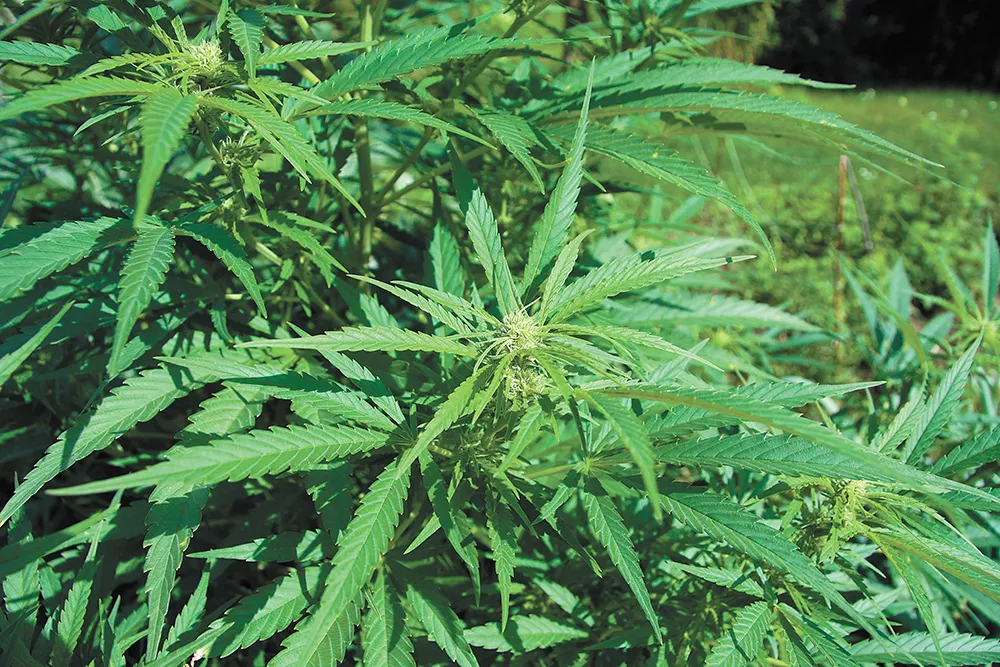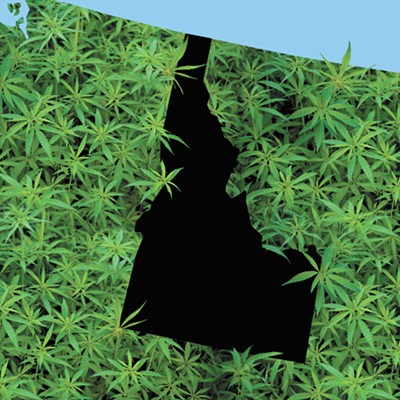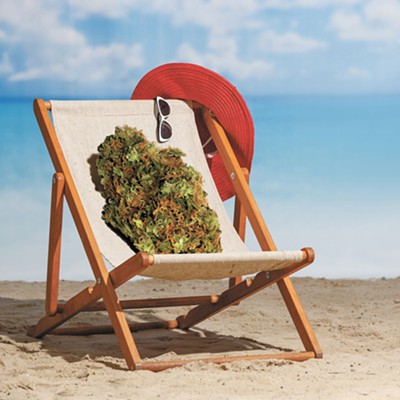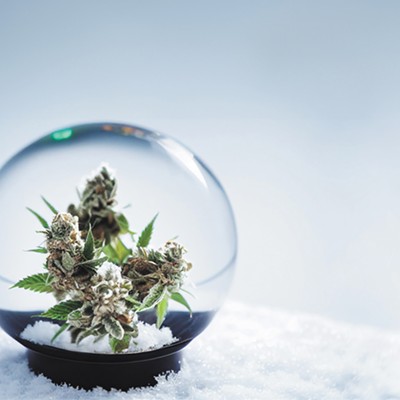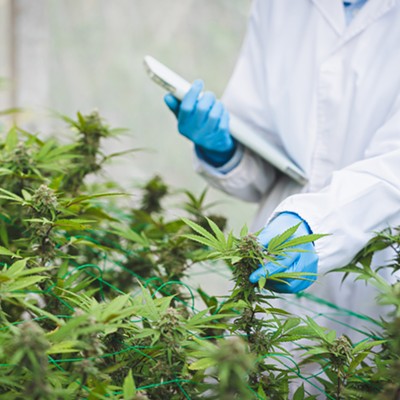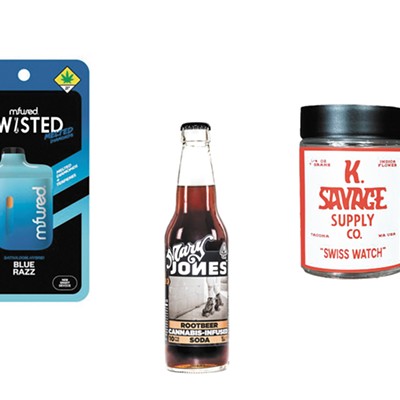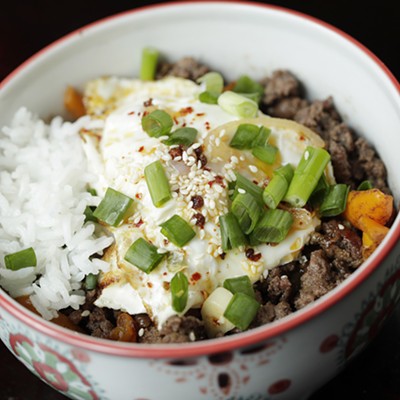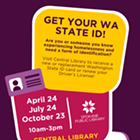It's natural for consumers to look for the best bang for their buck when they're in the marketplace. Valuable cash is on the line when we're talking about a retail cannabis industry that at times had higher sales than milk, bread and wine in grocery stores during the past year. But can you really trust a potential high by a strain's THCA levels?
Examining how the state of Washington has categorized recreational pot smoking as similar to drinking, it's easy for novice cannabis buyers to liken THC and THCA percentages to the alcohol-by-volume percentage of a pint of beer, or the proof of a liquor. But THC levels are far more complicated than that.
THCA is the non-psychoactive raw form of THC (tetrahydrocannabinol, the primary psychoactive compound found in cannabis). The THCA percentage is used to tell customers what percentage of the herb will be converted to THC when heated. Depending on the style of testing conducted by the labs, factors such as the amount of water remaining in the plant greatly affect their test results for THC and THCA. Consumers focusing on THC percentages ignore how cannabinoids like CBD (cannabidiol, which also is non-psychoactive) and CBDA affect the results and duration of your high.
As if this all wasn't complicated enough, pot labs in Washington have recently come under scrutiny for deficiencies. Bellingham's Peak Analytics was suspended after auditors visited the lab in June. The lab was accused of giving preferential grading on submitted samples from farms, and auditors found irregularities in how the lab concluded potency scores.
The Seattle Times pointed to an auditor's notes, where at one point of the testing, "One sample of pot was reported to have zero percent moisture... [which] would falsely inflate the potency value."
The disparity in results have led to questioning of the regulation of labs throughout the state. Nick Mosely, chief science officer at Confidence Analytics in Redmond, told Leafly, "While it is true that in many areas of our work, cannabis science is in need of standardization, it is also true that adequate standards already exist for the relatively simple task of measuring THC in a flower or concentrate."
The potential illegitimacy in determining potency does no favors for customers, either. Besides the obvious letdown of less-potent pot for those accustomed to real 20-plus-percentage bud, normalized percentage figures could also mislead naive users, causing them to go after an over-the-top flower, tested legitimately, that could leave them in a catatonic cage of paranoia and anxiety.
As the fluctuation of higher THC strains continues, it's recommended that non-chronic consumers consider mid-level strains with CBD, in order to achieve the sort of long-lasting, fun-filled high that will result in them coming back again. ♦

